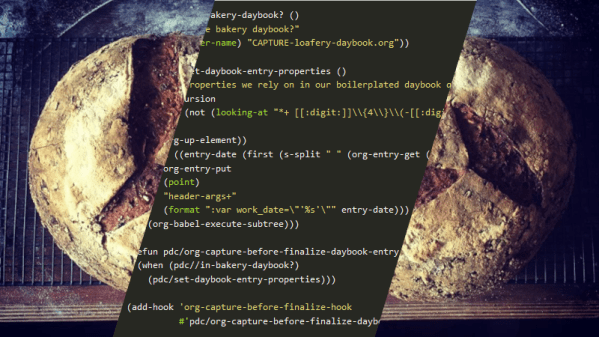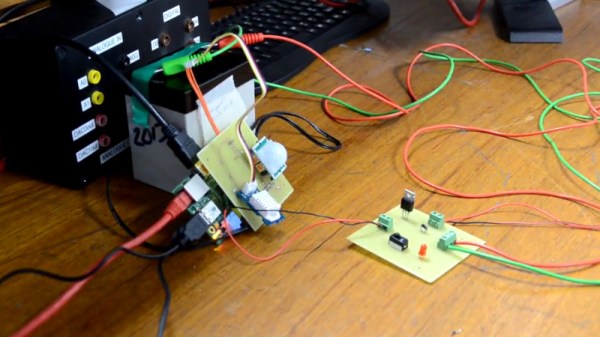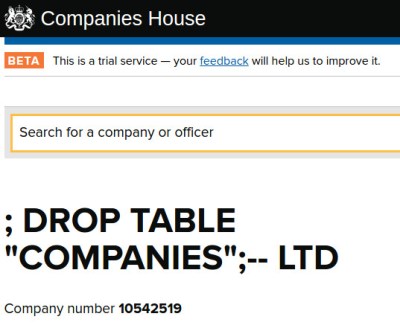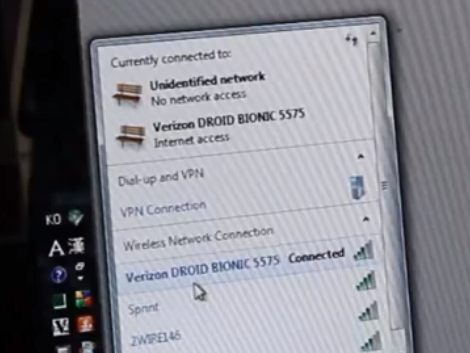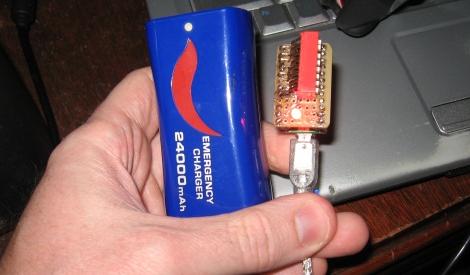When it comes to managing ingredients and baking at a professional bakery, we know that most people would turn to an SQL database and emacs. Really, what else do you need? Okay, so maybe there are a few who would think that emacs couldn’t help you with this, so, here’s how [Piers] uses emacs and PostgresSQL to manage the day to day needs at his bakery.
[Piers] had tried a spreadsheet to keep track of things, but didn’t really like it when he had to create a new recipe: “lots of tedious copying, pasting and repetition of formulae” is how he put it. As a ex-professional programmer, [Piers] was familiar with emacs and so set up a daily worksheet in emacs using org-mode. Each morning he runs org-capture to create the template for the day’s work. Some code in the org file (run with org-babel) can run a query on the database. He’s created some code to set up each day’s journal entry and to run the complicated database queries that he needs.
There is a list of things that [Piers] is working on next, including ingredient order management and accounting, but it works for him. And to stop any potential flame wars that might break out, it’s good to mention that the system does just that: It works for him. There are other possibilities. Take a look at Al’s Editor Wars article, or Elliot’s rebuttal, or, ignore the wars and read this article on baking with steam.

